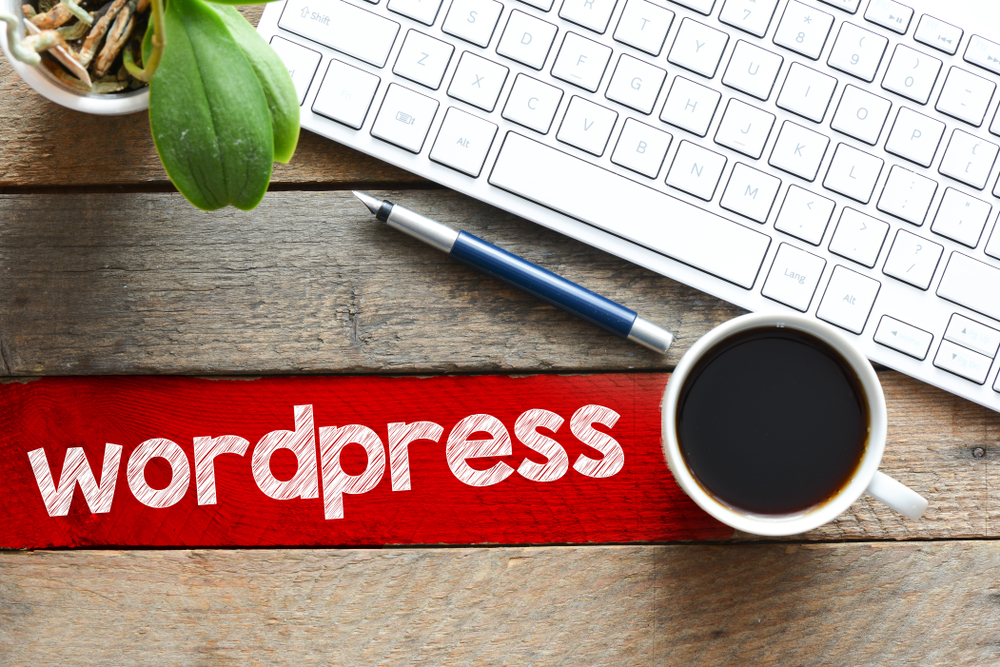
WordPress has become one of the most popular platforms for creating websites, and for good reason. It is user-friendly, flexible, and offers a wide range of customization options. However, getting the most out of WordPress requires some skills and knowledge. In this article, we will share expert tips and tricks for mastering WordPress (the blogging platform) and taking your website customization and maintenance to the next level.
1. Choose the Right ThemeOne of the first steps in customizing your WordPress website is selecting the right theme. There are thousands of free and premium themes available, but not all of them are created equal. When choosing a theme, make sure it is responsive, well-coded, and regularly updated. Look for themes that offer customization options and built-in support for popular plugins.
2. Utilize Page Builders
Page builders are powerful tools that allow you to create and customize complex page layouts without any coding knowledge. These drag-and-drop builders provide a visual interface, making it easy to arrange elements, add widgets, and create stunning designs. Popular page builders for WordPress (WP) include Elementor, Divi Builder, and Beaver Builder.
3. Customize with CSS
WordPress (the platform for bloggers) themes often come with customization options, but sometimes you may want to go beyond what is offered. Learning basic CSS (Cascading Style Sheets) can help you achieve just that. CSS allows you to modify the appearance of your website by targeting specific elements and applying custom styles. You can use CSS to change colors, fonts, spacing, and much more.
4. Make Use of Widgets
Widgets are small blocks of content that you can add to your website's sidebars, footers, or other widgetized areas. WordPress (or WP) provides a variety of default widgets, such as recent posts, categories, and search bars. Additionally, there are numerous plugins available that offer additional widget options. Widgets make it easy to add important elements, such as social media icons or newsletter subscription forms, to your website.
5. Optimize for Speed
Website speed is crucial for user experience and search engine optimization (SEO). Slow loading times can lead to increased bounce rates and lower search rankings. To optimize your WordPress website for speed, start by choosing a fast and reliable hosting provider. Compress images, enable caching, and minimize the use of plugins. Use a tool like GTmetrix or Pingdom to analyze your website's performance and identify areas for improvement.
6. Backup Regularly
Regularly backing up your WordPress website is a vital maintenance task. It ensures that you have a recent copy of your website's files and database in case of any unforeseen issues or data loss. There are numerous backup plugins available, such as UpdraftPlus and BackWPup, that provide automated backups and easy restoration options.
7. Stay Up to Date
WordPress releases updates frequently, including core updates, theme updates, and plugin updates. Keeping all components of your website up to date is crucial for security, bug fixes, and new features. Set up automatic updates whenever possible, and regularly check for any available updates to ensure your website runs smoothly and securely.
8. Manage Comments Effectively
If your website allows user comments, it's important to manage them effectively. Spam comments can not only degrade the user experience, but also harm your website's reputation. Install a plugin like Akismet to help filter out spam. Additionally, consider implementing a comment moderation system to ensure all comments go through an approval process before being published.
9. Optimize for Search Engines
WordPress provides various SEO plugins, such as Yoast SEO and All in One SEO Pack, that enable you to optimize your website for search engines. These plugins offer features like XML sitemaps, meta tag settings, and social media integration. Utilize these tools to improve your website's visibility in search engine results and drive organic traffic.
10. Frequently Asked Questions (FAQs)
Q1. Is WordPress only suitable for blogs?A1. No, WordPress is a versatile platform that can be used to create any type of website, including e-commerce stores, portfolios, and corporate websites.
Q2. Can I switch themes without losing my content?
A2. Yes, switching themes in WordPress does not affect your content. However, some themes may have different layouts or formatting, so you may need to make adjustments.
Q3. Can I add custom functionality to my WordPress site?
A3. Yes, WordPress offers a vast range of plugins that allow you to add custom functionality without any coding. Explore the plugin directory to find options that suit your needs.
Q4. How often should I update my plugins and themes?
A4. It is recommended to update your plugins and themes as soon as updates become available. Regular updates ensure compatibility, security, and access to new features.
Q5. Can I create a multilingual website with WordPress?
A5. Yes, there are plugins like WPML and Polylang that enable you to create multilingual websites, allowing you to reach a wider audience.
In conclusion, mastering WordPress goes beyond the basics. By choosing the right theme, utilizing page builders, customizing with CSS, making use of widgets, optimizing for speed, backing up regularly, staying up to date, managing comments effectively, optimizing for search engines, and leveraging plugins, you can take your WordPress website customization and maintenance to the next level. With the right knowledge and tools, the possibilities for creating a unique and successful website on WordPress are endless.
Other useful resources
- https://en.wikipedia.org/wiki/Blog
- https://www.wordpress24plus.com/topics/wordpress-tips-and-tricks/
- https://www.wordpress24plus.com/services/